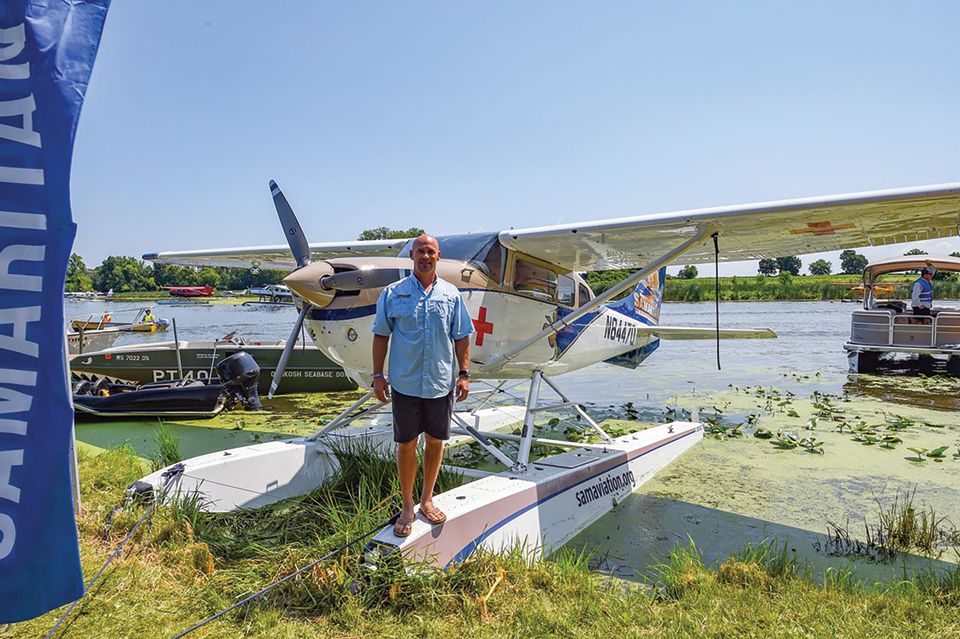Saving Lives With a Seaplane
By Christina Basken
July 25, 2019 - Mark Palm flies a lifesaving seaplane for Samaritan Aviation bringing salvation to thousands of people in Papua New Guinea who do not have access to health care.
Samaritan Aviation is a Christian nonprofit charity. Mark said the goal of the organization is to be the hands and feet of Jesus and to love people without expecting anything in return.
"Since 2010, we've flown in over 1,250 patients, we've delivered 180,000 pounds of medical supplies to 40 different aid posts," Mark said. "We've flown vaccine teams out, we've helped prevent outbreaks, and provide relief for natural disasters like flooding."
There is only one hospital in Papua New Guinea, and it is a three-to-five day hike for most villagers to get there. Mark's team provides medical relief and flies villagers to the hospital at no charge.
"It's a very remote place, and they have no way to get to the hospital without us," Mark said. "We heard stories after stories of people who would try to make it to the hospital with sick babies, and they would die on the way there."
Mark flies a 1976 Cessna 206 Model F seaplane into these remote places, and getting there is no easy task. Mark comes face to face with danger at all times during his operations.
"It's a very rough environment. If you can imagine a river the size of the Mississippi, the color is chocolate brown, it rises and falls up to 20 feet in three days so every time you go in it's a different landing area," Mark said. "You're landing on the side of a muddy river, sometimes the river bank is 20 feet above your wing, sometimes your wing is 2 feet above the bank. There's a lot of things you need to be careful of. There's crocodiles, lots of debris, sandbars, then also you're docking between trees sometimes, and you've got 30 feet to put the plane in there."
Mark started Samaritan Aviation 20 years ago, and it took him 10 years going around the United States to raise awareness and get the funding he needed to finally go to Papa New Guinea.
"I had a chance as a teenager to go to Papa New Guinea with a friend who was born over there, and we went around the country and we lived on the islands and we just lived with the people in bush houses," Mark said. "While we were there we asked them, 'What are the biggest struggles you have?' They brought a kid to us with a tropical ulcer, and for a few dollars' worth of medicine that we had, we were able to save his life. Seeing the lack of access, that's where the idea came from … 'What can I do to help?'"
Mark operates with three seaplanes, three pilots, and a medical director.
"We bring a nurse with us so if it's a snake bite, we can bring in anti-venom and start that before we bring them in," Mark said. "If it's a birthing issue, we can bring a midwife. If it's a trauma, we can bring a trauma nurse. So we're able to specialize in the type of trauma we have so we can give them the best care."
In 2009, three months before Mark and his team arrived there was a cholera outbreak on the river, and 3,000 people died from that one outbreak.
"Since we've been there we've had many outbreaks that we've helped stop, and we've never lost any more than three lives," Mark said.
Samaritan Aviation is currently on the Hope In Action Tour, touring the United States to raise awareness and money to get the third seaplane ready to fly to Papua New Guinea. To find out more information about Samaritan Aviation and how to help, visit SamaritanAviation.org.

